Tree roots reinforce soil layers, anchor the soil to bedrock and form buttresses against soil movement. Trees also reduce landslide risk by lowering soil moisture levels – interception, evaporation and transpiration are the primary mechanisms.
Pine trees, known for their deep root systems, are often planted to stabilize slopes. Their extensive root network helps bind the soil and prevent erosion. Pine trees have a long history of being used in reforestation efforts and for slope stabilization in many parts of the world.Cheer and deodar are same family tree
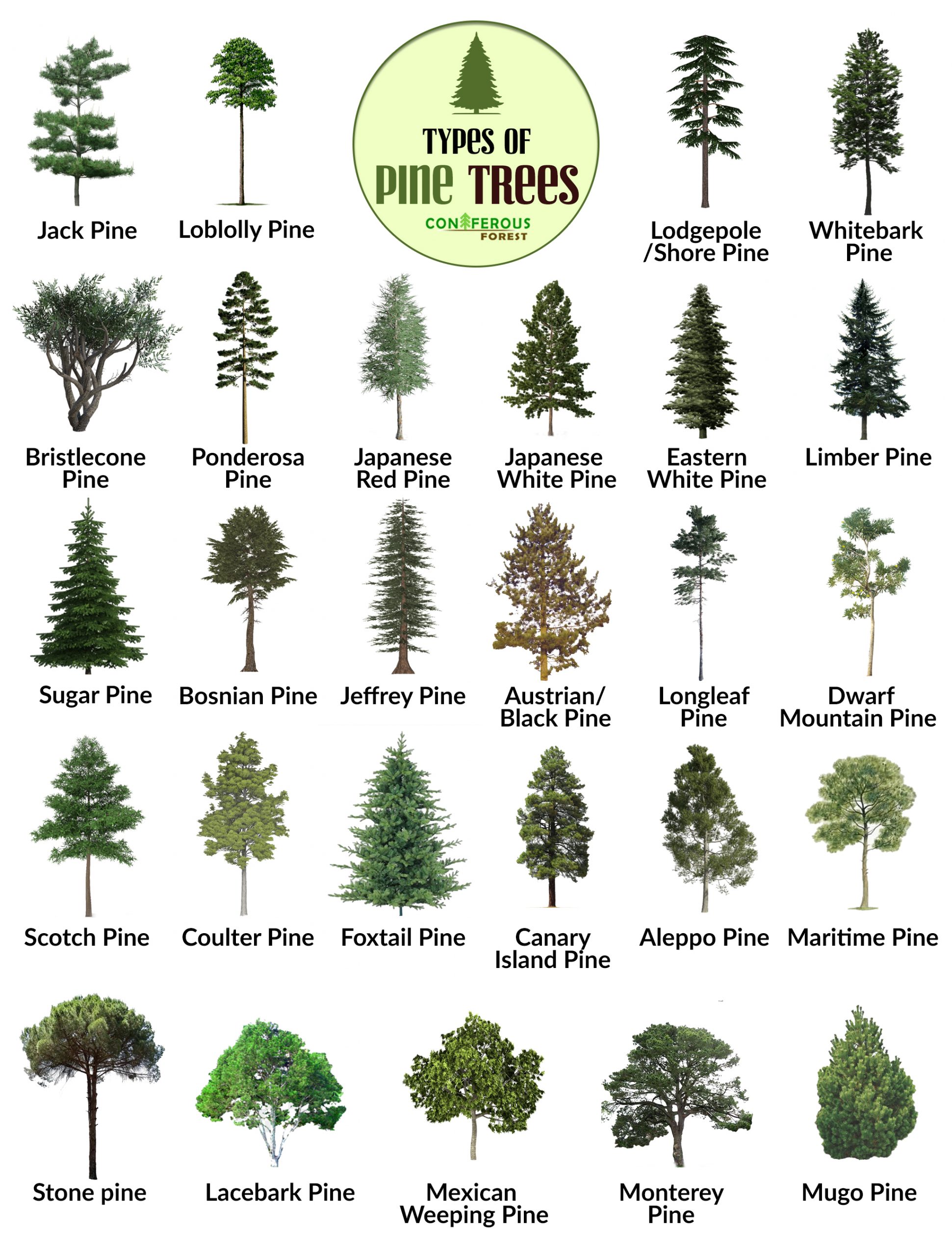
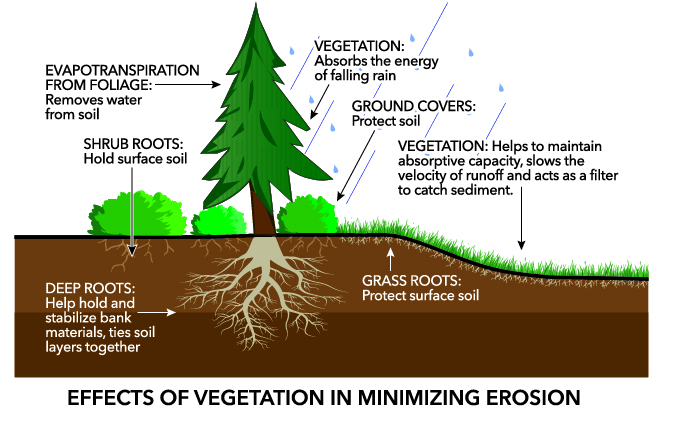
NONFRAME® method is a kind of soil nailing which can stabilize slope while preserving or recovering vegetation.
In case of stabilizing natural slope, this method can construct without cutting trees.
This method can of course be applied as well as cutting or corrupsed slope. In this case, the slope is fully covered with vegetation after construction, since this method does not cover slope with concrete.

Landslide / Slope Failure Prevention Method which enables to preserve or recover vegetation
Hazard
Solution Purpose
Prevention & Mitigation Recovery
Solution Theme
Infrastructure Technology Building Technology Eco Infrastructure
Technology Subject
Dam & Reservoir Sabo Road Facility for Disaster Prevention Ecosystem-based Infrastructure
Advantages
By taking advantage of these features of the measure (environment friendly), it preserves the natural environment much better than the conventional method, on top of its original purpose of disaster preventive function. It can contribute directly as “hard” interface to local disaster prevention by introducing the slope especially adjacent to residential houses and public facilities where landslides frequently happen. In addition, with collaboration with government and local design consultants, it also contributes to implementing slope disaster prevention criteria suitable to local geological features.
Solution Illustrated
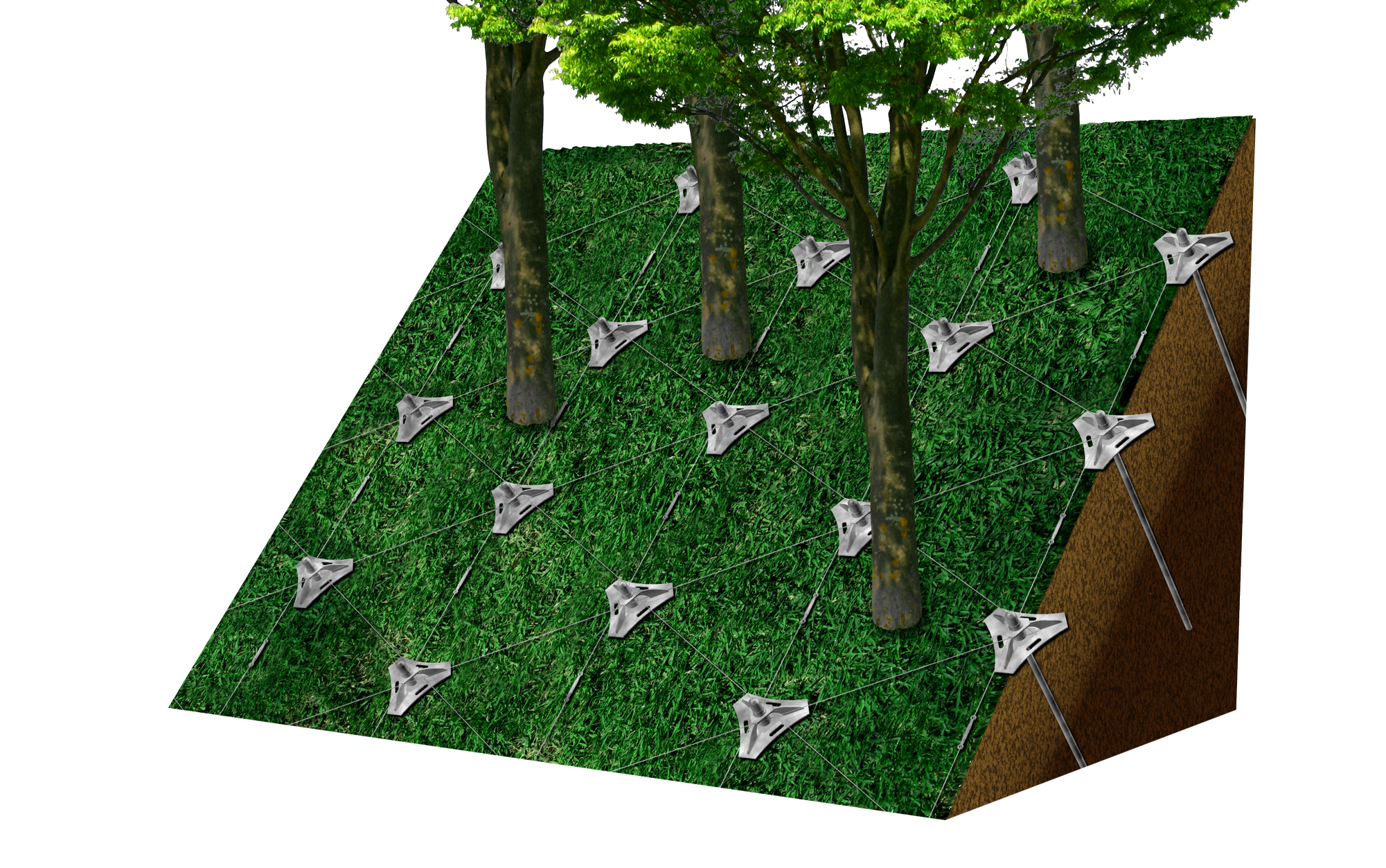 Stabilize slope while preserving or recovering vegetation
Stabilize slope while preserving or recovering vegetationNONFRAME® method is a kind of soil nailing which can stabilize slope while preserving or recovering vegetation.
In case of stabilizing natural slope, this method can construct without cutting trees.
This method can of course be applied as well as cutting or corrupsed slope. In this case, the slope is fully covered with vegetation after construction, since this method does not cover slope with concrete.
Background
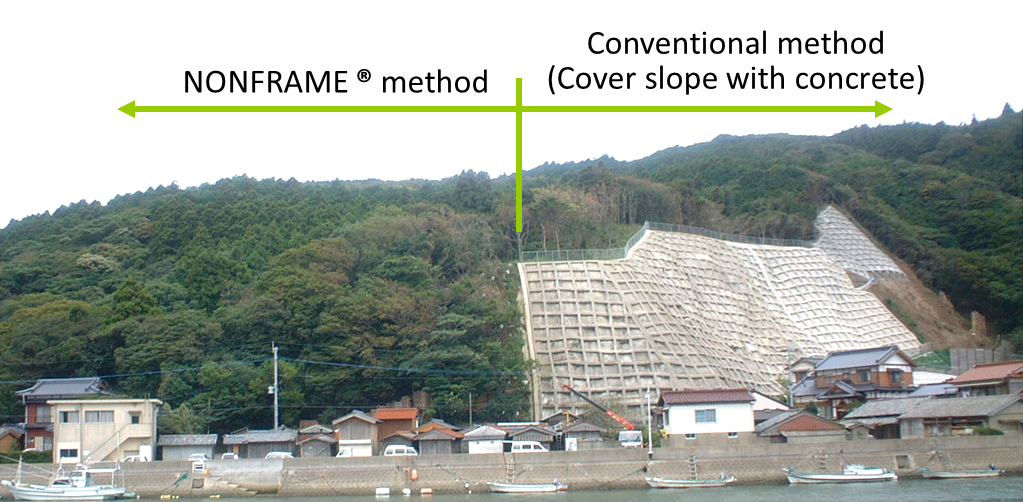 Environmentally Friendly Slope Stabilization Method
Environmentally Friendly Slope Stabilization MethodAs an alternate solution to the concrete spray "conventional" slope-disaster prevention method, this "NONFRAME® Method" had been developed in 1996 in response to the growing needs of landscape conservation and eco consciousness from the market. This method enables to preserve the trees without any trees felling, grading works or covering with a concrete structure, yet to realize stabilization of slope with its simplified structure.
Exposition of the Solution
This method, which was inspired by "trees root", consists of three major elements 1) Rock Bolt (driven into the firm layer underground approx. 2-3m depth), 2) Base Plate (installed on its heads to stabilize the soft and less-solid clod, weight approx. 14kg), and 3) Wire Rope (joining the base plates together as network with 2m pitch each other).
With its excellent feature,
①no need to cut the trees that are native to the slopes
②possible to drastically reduce construction period and cost
③construction workable even under severe condition
This method becomes very popular in Japan with steady growth rate of construction results, contributing keeping construction site in harmony with the beautifully landscape, which has also induced a great deal of attention from abroad.
Achievements of Examples

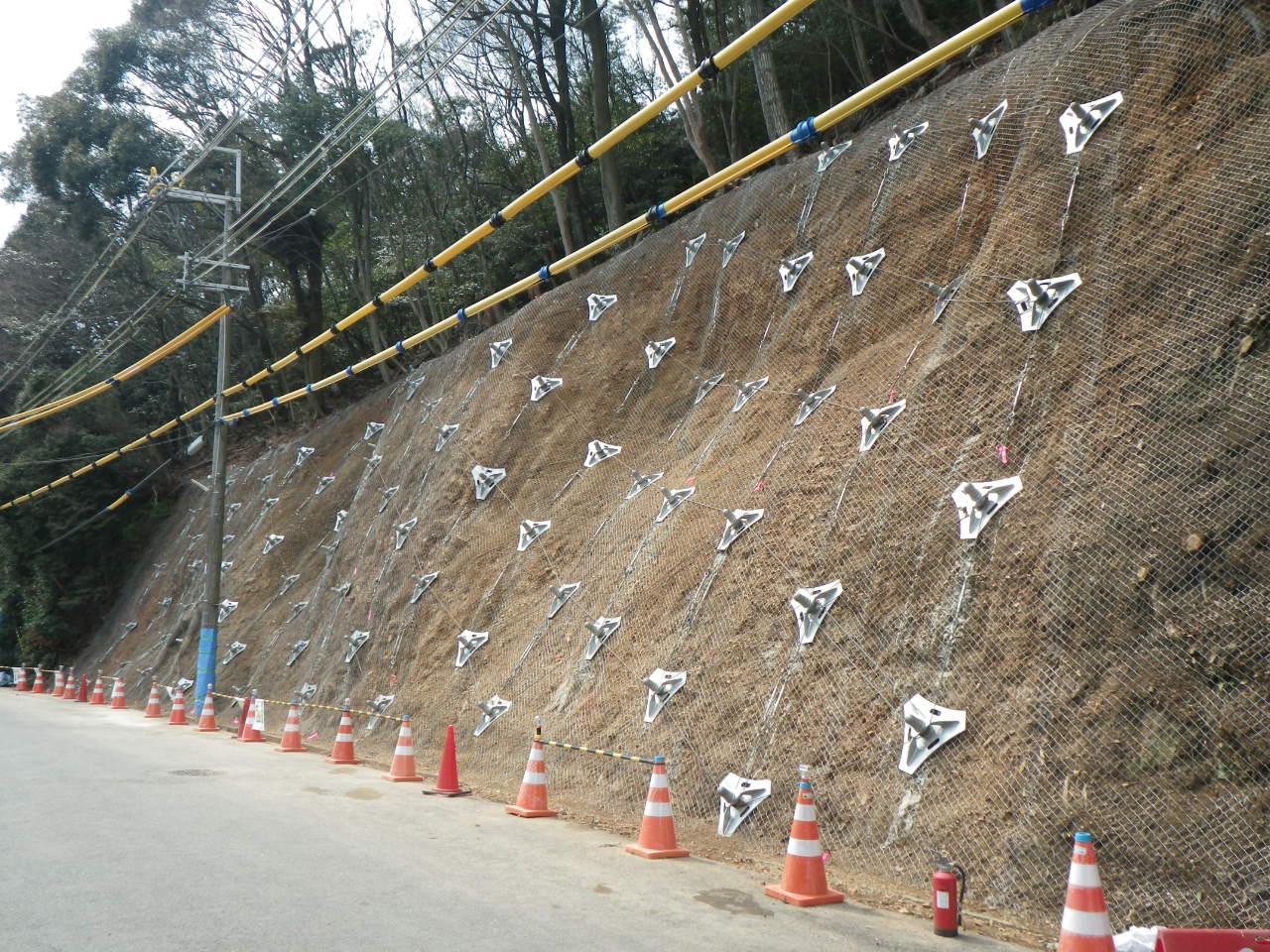
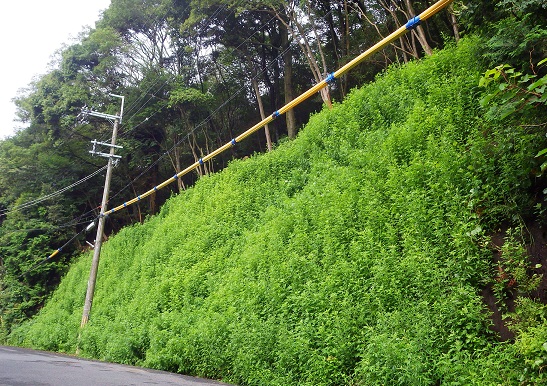 4 months after construction, the slope had been fully covered with vegetation
4 months after construction, the slope had been fully covered with vegetation
Other References
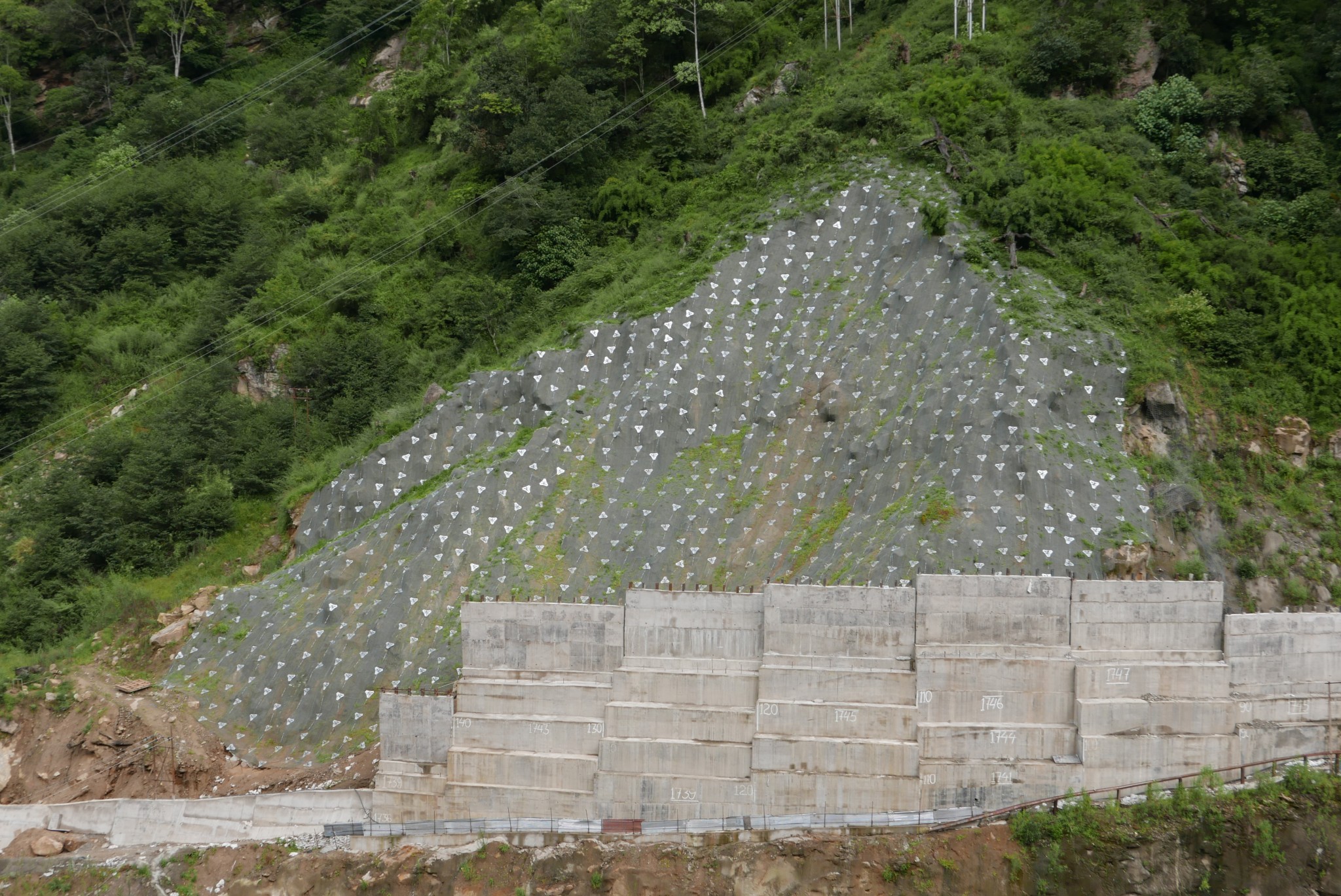 Construction example in Bhutan
Construction example in BhutanThis is the project with regard to Hydroelectric Project dam site in Trongsa, Bhutan. In 2015, the slope failed due to torrential rainfall and five workers were killed, even though it was originally covered with shotcrete. Then, NONFRAME® method was installed on the corrupsed slope to stabilize the slope.
The construction area was total 5,400 sqm, however the construction finished only three months even severe condition, because NONFRAME® method is easy to construction even unskilled worker.
After construction, the slope has been stabilized by this method and has been covered with vegetation.